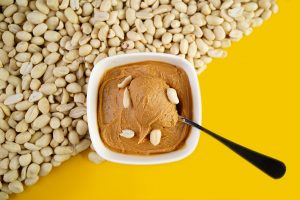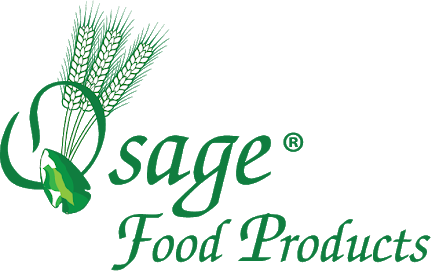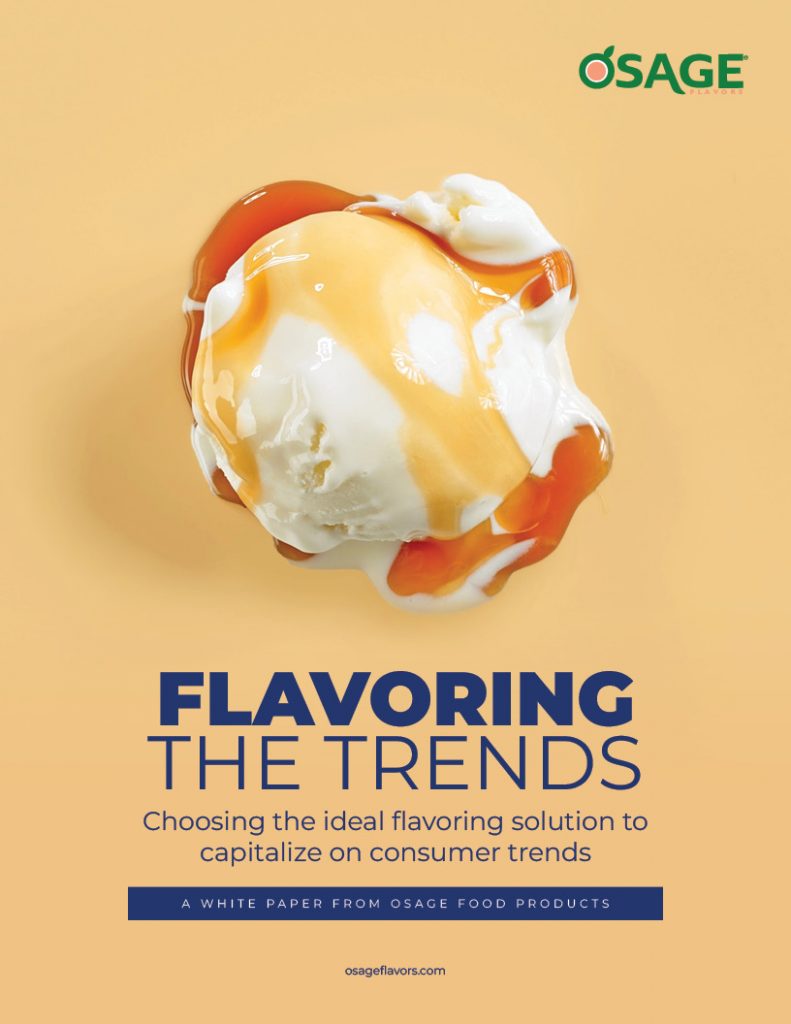2020 and 2021 saw some unique challenges that changed how consumers viewed their food. The two most significant factors driving new market trends have been a growing interest in the sustainability of food production and a pronounced focus on wellness products in response to the COVID-19 pandemic.
Both of these factors will likely continue to play a role in consumer purchasing behavior. Here’s what we’re seeing trending in food production in 2022.
Immunity-Boosting-Foods
Since the pandemic took hold, it’s no secret that companies have been increasing the vitamin content of some of their products as consumers continue to seek out food and beverage choices that contain immunity-boosting properties. The demand for Vitamin C and citrus-based products skyrocketed this past year, but demand for another mineral also began to take hold.
Zinc started gaining a widespread reputation as a mineral that would help the body absorb Vitamin C more efficiently, increasing the person’s resistance to colds, flu, and – more succinctly – COVID-19. Many drink companies created vitamin-based water products showcasing the addition of Vitamin C and zinc to help leverage this phenomenon. This trend is expected to continue into 2022, or as long as concerns over virus transmission dominate the headlines and public consciousness.
A Better (and Bigger) Breakfast
Many people’s living habits have changed due to the pandemic, including a transition to working from home. This shift removed the long commute people would leave home early to make, meaning that breakfast is either very lean or skipped altogether.
Now that people have more time in the morning, consumers are preparing and eating a bigger, more nutritious breakfast than ever before. As work from home continues to be a viable option for workers, even in the post-pandemic era, food manufacturers can leverage the renewed interest in morning meals by developing twists on what’s been called the favorite meal of Americans.
Lab To Plate
A lab chicken nugget was once viewed by many as a thing of horror because it seemed so “unnatural”. However, the benefits of “lab-grown” food have increased acceptance of this practice. In other words, they recognize that food production and innovation is here to stay.
Many consumers have started warming up to the idea that lab-grown food could be the future as it is perceived to reduce carbon emissions. This rising awareness is similar to that of people looking for alternate sources of protein. In 2022, you can expect to start seeing cell-based products next to plant-based products on store shelves.
Powered By Protein
We’ve seen this growing through 2021, and protein’s popularity shows no signs of stopping. Whether consumers prefer dairy or plant-based protein sources, consumers continue to enjoy protein-fortified food and beverages.
Although a growing number of people are looking for plant-based proteins, food production shouldn’t count out dairy sources, which still dominate the market. Dairy protein contains all the essential minerals and nutrients needed to support bone and muscle health and strengthen our immune systems. We’re not seeing dairy going away anytime soon.
Clean Labels
Have you noticed that more people are reading food labels in the grocery stores these days? That’s because now, more than ever, consumers are taking more of an interest in what they put in their bodies by reading the labels of food items before putting them in their shopping cart.
This behavior isn’t exactly new but has dramatically increased as of late and is expected to keep growing through 2022. This will pressure some food producers to ensure they have clean labels to keep their products in the shopping carts and not stuck on supermarket shelves.
Upcycled Food For Food Production
People are growing more aware of how much food gets wasted year over year. Upcycling food is a growing movement that helps to reduce food waste through a certification program.
Consumers are expected to take this concept further by encouraging producers to minimize their impact with the ingredients used in the food production process. For example, if a producer wastes a lot of one product, consumers want to have peace of mind that the producer will try to reduce that waste as much as possible. A third-party organization in the United States now labels certain products as “Upcycled Certified”. Food producers can review how to become certified and determine whether they should get ahead of this curve before it gains further public recognition, resulting in consumers searching for upcycled certifications in grocery stores.
Final Thoughts
Many of the newest food production trends that the industry will be seeing in 2022 aren’t very different from what many food producers were expecting. However, the acceleration of these trends has sent some producers scrambling to meet consumer expectations.
Forward-thinking manufacturers will identify and leverage the multiple opportunities to incorporate these trends above into their existing product lines. Over the long term, we expect these trends to become more established and less faddish than many of their predecessors.




